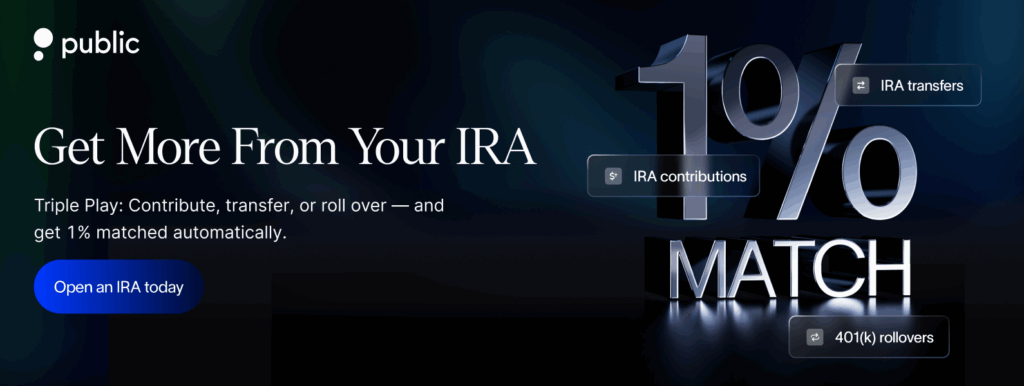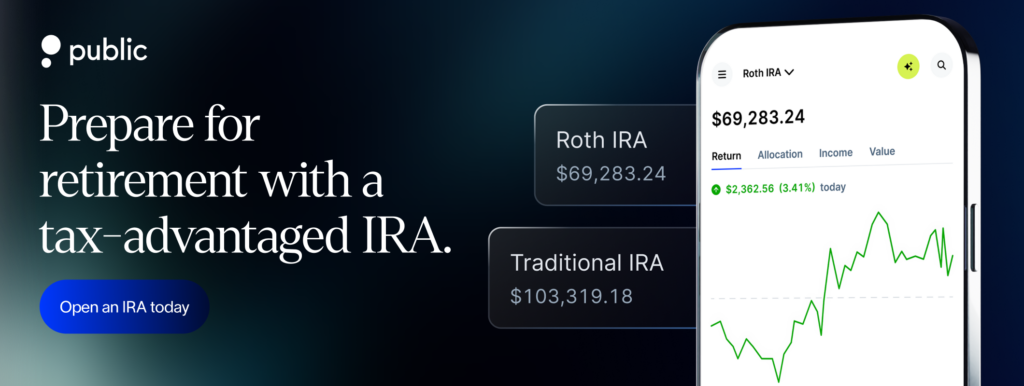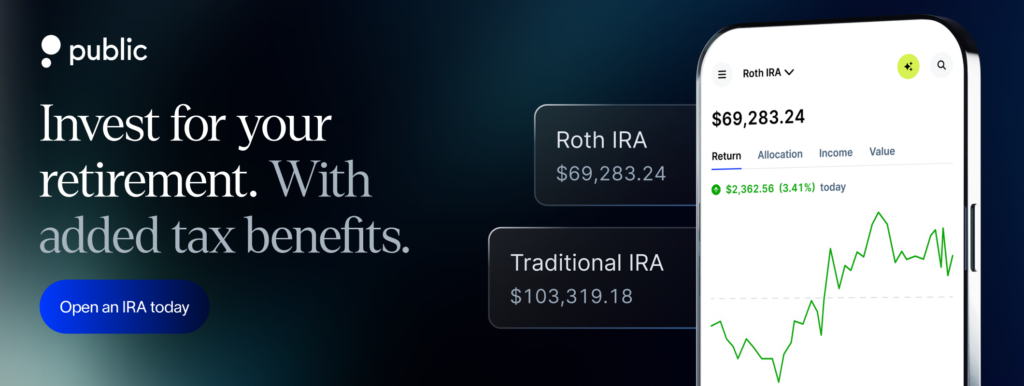If you’ve been looking for ways to grow your retirement savings in a tax-advantaged account but your income exceeds Roth IRA contribution limits, the term “Backdoor Roth IRA” might have caught your attention. While it may sound like a secretive or complex strategy, the backdoor Roth IRA is simply a workaround allowing you to access Roth benefits, even if you earn above the income limits.
This guide will walk you through how backdoor Roth IRA work, what rules you need to be aware of, and key considerations to keep in mind.
What is a Backdoor Roth IRA?
A Backdoor Roth IRA isn’t a special kind of retirement account. Instead, it’s a workaround strategy that involves making a nondeductible contribution to a Traditional IRA and then converting that amount to a Roth IRA.
This method may allow you to sidestep the income limits that normally prevent you from contributing directly to a Roth IRA
This strategy exists because while Roth IRA contributions have income restrictions, Roth conversions do not. So, the Backdoor Roth IRA essentially utilizes the existing rules without cutting corners or engaging in prohibited transactions.
Why are there income limits on Roth IRA contributions?
The IRS sets income thresholds to determine eligibility for direct Roth IRA contributions, aiming to target the benefits to lower and middle-income savers.
For 2025, the phaseout ranges are:
If your modified adjusted gross income (MAGI) exceeds these ranges, you are ineligible to contribute directly to a Roth IRA. However, the IRS does not restrict Roth conversions, which is the foundation of the Backdoor Roth IRA strategy.
Why use a Backdoor Roth IRA strategy?
A backdoor Roth IRA might help if your income is too high for direct Roth IRA contributions. It can let you access potential tax-free growth by converting after-tax Traditional IRA contributions into a Roth IRA.
For 2025, Roth contributions phase out at the following income levels:
Even if your income is above those limits, you can still contribute to a Traditional IRA, though it may not be deductible. There are no income limits for Roth conversions, which is why the backdoor route exists.
You might consider a Backdoor Roth IRA if:
- You have earned income and can contribute to a Traditional IRA
- You’re okay with making non-deductible contributions
- You don’t have large balances in other pre-tax IRAs (or you’ve moved them to a 401(k))
- You’re comfortable filing IRS Form 8606 and tracking conversions by tax year
- You want your retirement savings to grow tax-free.
- You’re okay with paying taxes on any gains during the conversion
If that sounds like your situation, the backdoor roth might offer a way to get funds into a Roth IRA even when direct contributions aren’t an option.
How does a Backdoor Roth IRA work?
Let’s consider the following example to understand how a backdoor Roth IRA works.
Suppose you are a single filer with a modified adjusted gross income (MAGI) of $180,000 in 2025, which exceeds the direct contribution limit. You want to contribute to a Roth IRA.
- Step 1: On March 15, 2025, you open a traditional IRA via a brokerage account.
- Step 2: You contribute $7,000 (the limit for 2025) to this IRA, made with after-tax dollars.
- Step 3: Immediately, you convert this traditional IRA to a Roth IRA, which incurs no tax if no earnings have accrued.
- Step 4: When filing taxes, you complete Form 8606 to report the nondeductible contribution and the conversion.
This process allows you to effectively fund a Roth IRA despite income restrictions.
Note: This process may be simple if you don’t have other pre-tax IRA balances. But if you do, the pro rata rule may cause part of your conversion to be taxable. That’s why some people review their full IRA situation before moving forward.
Key rules you might need to know first
Before using a backdoor Roth IRA strategy, it can help to understand a few IRS rules that may impact how it works, and what it might cost.
1. Pro rata rule
If you have other IRA accounts—like Traditional, SEP, or SIMPLE IRAs—the IRS may look at all of them when you convert funds to a Roth IRA. Even if you only convert a new non-deductible contribution, a portion might be taxed based on your total pre-tax vs. after-tax IRA balances.
Example: If you have $93,000 in pre-tax IRAs and add $7,000 after-tax, only around 7% of your conversion might be tax-free.
2. Aggregation rule
This rule works with the pro rata rule. The IRS can combine all your IRA balances when figuring out the taxable part of your conversion. So, pre-tax funds in other accounts may increase your tax bill, even if the new contribution wasn’t deductible.
3. Timing rules
You can contribute to a Traditional IRA for a tax year up to the filing deadline (usually April 15).
But conversions are reported based on the calendar year. So if you convert in 2025, it shows on your 2025 return—even if the contribution was made for 2024.
This timing might matter if you’re planning around tax years.
Potential advantages of the backdoor Roth IRA
- Access to Tax-free growth: Once your funds are in the Roth IRA, they grow tax-free. When you withdraw the funds in retirement (after meeting the required conditions), those withdrawals are also tax-free, allowing your savings to grow without tax burden.
- No required minimum distributions (RMDs): Unlike Traditional IRAs, Roth IRAs don’t require you to take RMDs during your lifetime.
- Estate planning benefits: Roth IRAs can be passed to heirs with favorable tax treatment.
- Flexibility: You can withdraw your contributions to the Roth IRA (but not the earnings) at any time without taxes or penalties.
Potential limitations and risks
- Pro-Rata rule: If you have pre-tax IRA balances, the Pro-Rata Rule may complicate your conversion. It combines all IRA assets, meaning some of your conversion may be taxable.
- Five-Year rule: You must wait five years before withdrawing converted funds without penalties. Early withdrawals before this period may result in penalties.
- Potential IRS scrutiny: Although the IRS has not explicitly prohibited the backdoor Roth, it has expressed concern over this strategy. Proper execution and documentation are essential.
- Tax complexity: Accurate reporting on IRS Form 8606 is crucial. Mistakes could lead to penalties or unintended tax consequences.
Conclusion
The Backdoor Roth IRA is a strategy that can help high-income investors access the benefits of Roth accounts despite income restrictions. It involves a straightforward process—contributing nondeductible funds to a traditional IRA and then converting to a Roth IRA—but requires careful attention to IRS rules, timing, and tax implications.
If you’re considering a Backdoor Roth IRA strategy, consider opening an IRA with Public. Public offers features like a 1% match on eligible contributions and you can also trade options within your IRA, a feature many brokerages don’t offer. With an IRA on Public, you can set up recurring investments that stop once you hit the IRS limit, so you never have to worry about over-contributing.
Ready to contribute to your IRA, signup on Public.com today.





